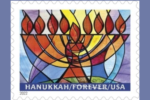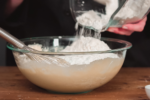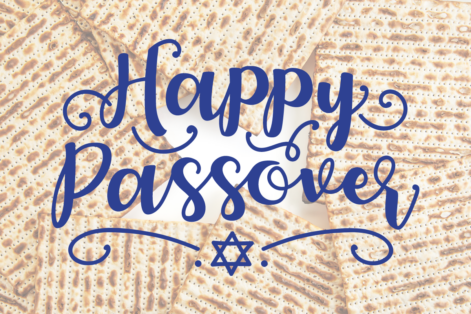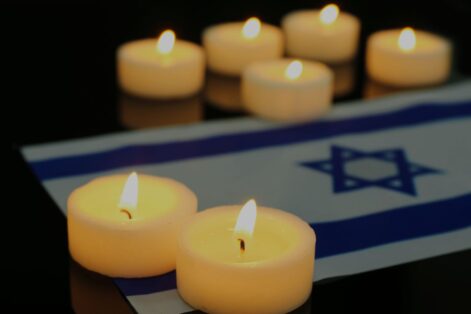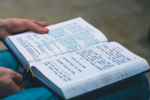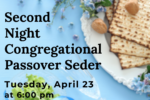Every week, Jews from all around the world celebrate the Sabbath, also known as Shabbat in Hebrew or Shabbos in Yiddish. This weekly celebration begins at sundown on Friday until Saturday evening with Havdallah, a traditional ceremony that separates Shabbat from the rest of the week.
Jews celebrate Shabbat as a day of rest where they can pause from the hustle and bustle of the regular work week and take time to appreciate the beauty and quiet all around us. Many observant Jews honor the tradition of Shabbat by refraining from anything they consider “work” including using electricity, lighting a fire, preparing or cooking food, shopping, driving, writing and more. Other Jews might choose to observe Shabbat in their own way with the help of technology, driving or cooking.
No matter how you choose to celebrate, here is a look at some of the key components that make up Shabbat.
Shabbat Blessings
There are a number of traditional blessings that Jews recite during Shabbat, including blessings over candles, wine, challah and more.
Click here for the Friday night blessings.
Shabbat Meals
The Talmud tells us that we should eat three meals on Shabbat. Today that may seem pretty normal, but at the time this law was written, people were primarily only eating two meals per day. What is the difference between a meal and a snack? Back then, the difference was bread must be included to be considered a meal. This is how Challah became the traditional bread eaten during Shabbat. Challah, the braided loaf of sweet bread, was adopted from the German brioche and many homes included Challah for all three meals on Shabbat to make the day of rest even more special.
Here are some of our favorite Shabbat recipes:
Challah
Main Dishes
Chicken Soup
Desserts
Tzedakah
Tzedakah is a very special Jewish value, and it is a beautiful way to begin Shabbat and honor the tradition of giving to others. While many translate the Hebrew word Tzedakah as charity, the word actually comes from the root word meaning justice. Incorporating tzedakah into your Shabbat rituals is also a great way to teach young children the importance of giving to others. Some ideas of ways to make this meaningful to your family can be to decorate or purchase a Tzedakah box together, have family members take turns choosing or vote on which charity to donate the Tzedakah, or even find a meaningful mitzvah project to participate in.
Shabbat Services & Prayer
Shabbat services are held on Shabbat evening (Friday) and Shabbat morning and afternoon (Saturday). While each service may be different depending on their denominational affiliation, there are some Shabbat customs, prayers and practices that are observed by most Jewish communities throughout the world. On Friday night, Kabbalat Shabbat services are usually filled with songs and prayers to help welcome the Shabbat Queen. The Torah service is a central part of Shabbat mornings, and each week, a portion (parshah) is read from the Torah as part of a year-long cycle. The Shabbat morning service is normally longer than a weekday service and include additional prayers and psalms that are unique to Shabbat.
Rest
Shabbat provides us a wonderful opportunity for individual rest and renewal, but also an opportunity to connect with friends and family. By abstaining from work (and perhaps use of technology), we are able to experience a unique opportunity to rest, which can be sometimes difficult in our fast-paced world. Whether you are ready to give unplugging from technology a try or would rather spend time connecting to nature on a hike outdoors, rest on Shabbat can be a fulfilling and spiritual experience.
This post has been contributed by a third party. The opinions, facts and any media content are presented solely by the author, and JewishPhoenix assumes no responsibility for them. MORE








